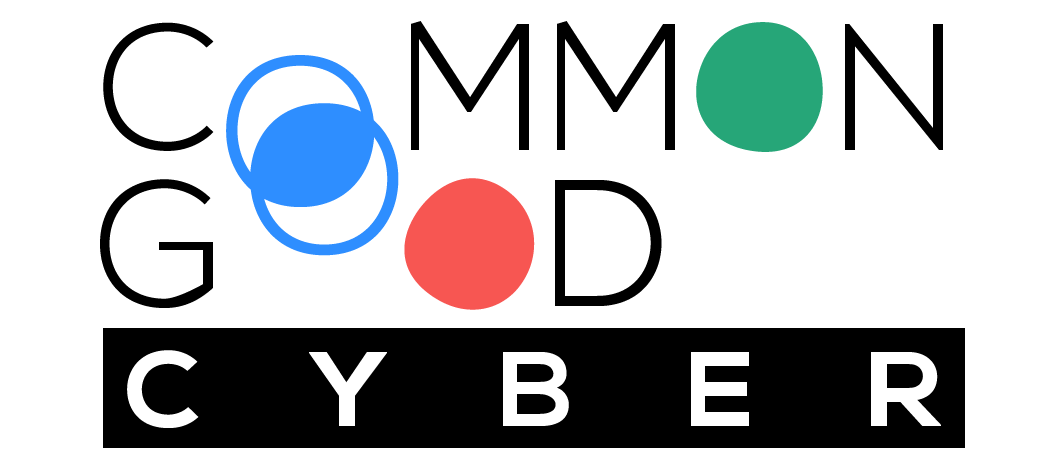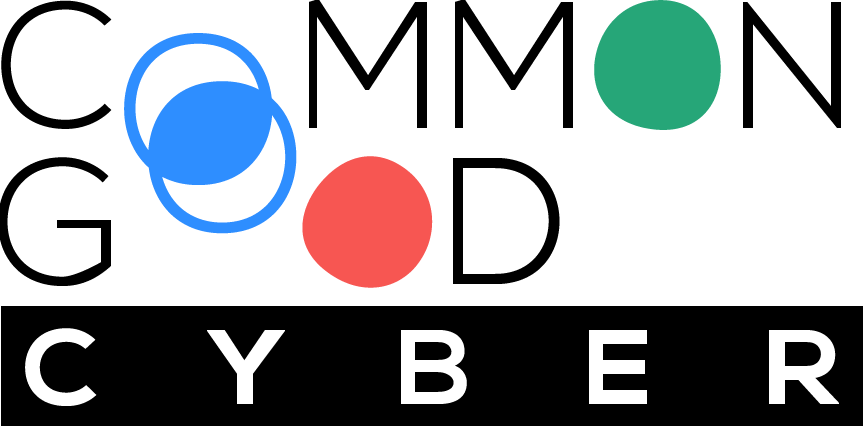Submit a Tool
How to support Common Good Cyber
The Common Good Cyber Mapping Form aims to gather comprehensive information about various cybersecurity tools, services, and platforms that contribute to the common good. This initiative seeks to illustrate the critical role these solutions play in maintaining the security and resilience of the internet, offering valuable insights for policymakers and stakeholders.
If you have questions about this form or cannot find your cybersecurity function or community, please contact [email protected].
Thank you!
– Common Good Cyber Secretariat


